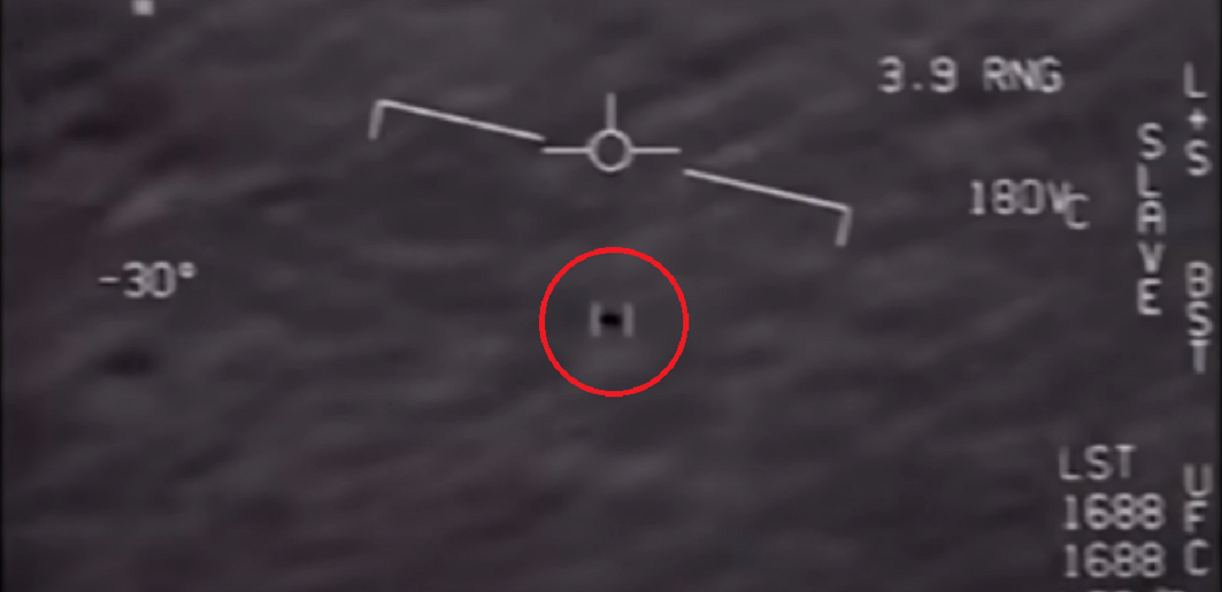When it comes to telescopes, bigger really is better. A larger telescope brings with it the ability to see fainter objects and also to be able to see more detail. Typically we have relied upon larger and larger single aperture telescopes in our attempts to distinguish exoplanets around other stars. Space telescopes have also been employed but all that may be about to change. A new paper suggests that multiple telescopes working together as interferometers are what’s needed.
Continue reading “Interferometry Will Be the Key to Resolving Exoplanets”Interferometry Will Be the Key to Resolving Exoplanets










